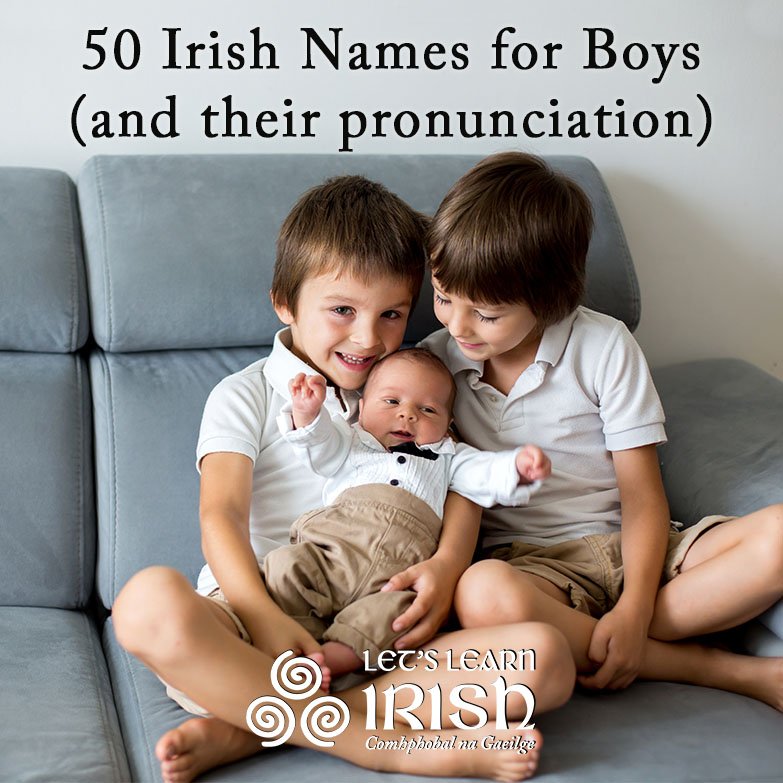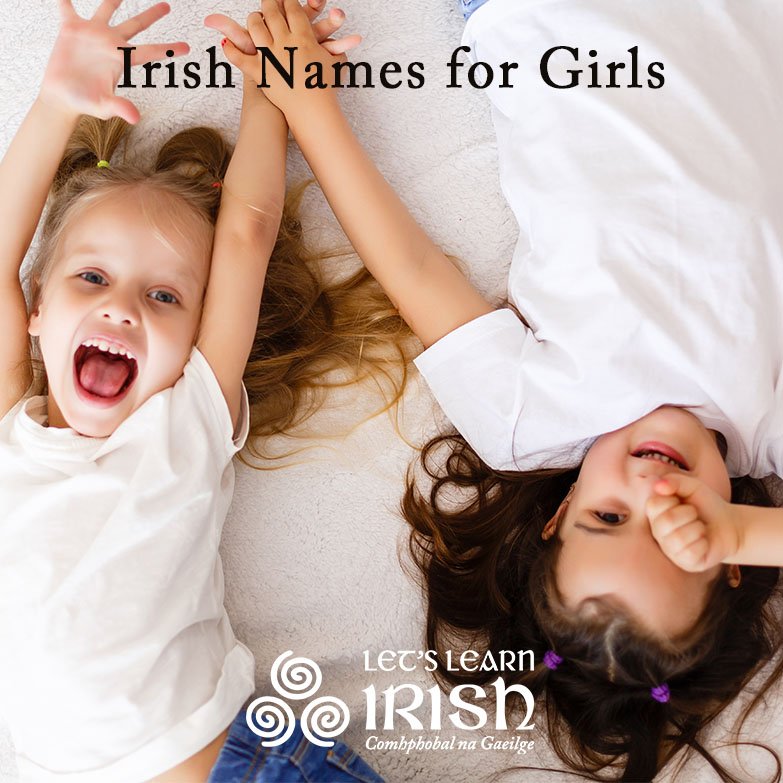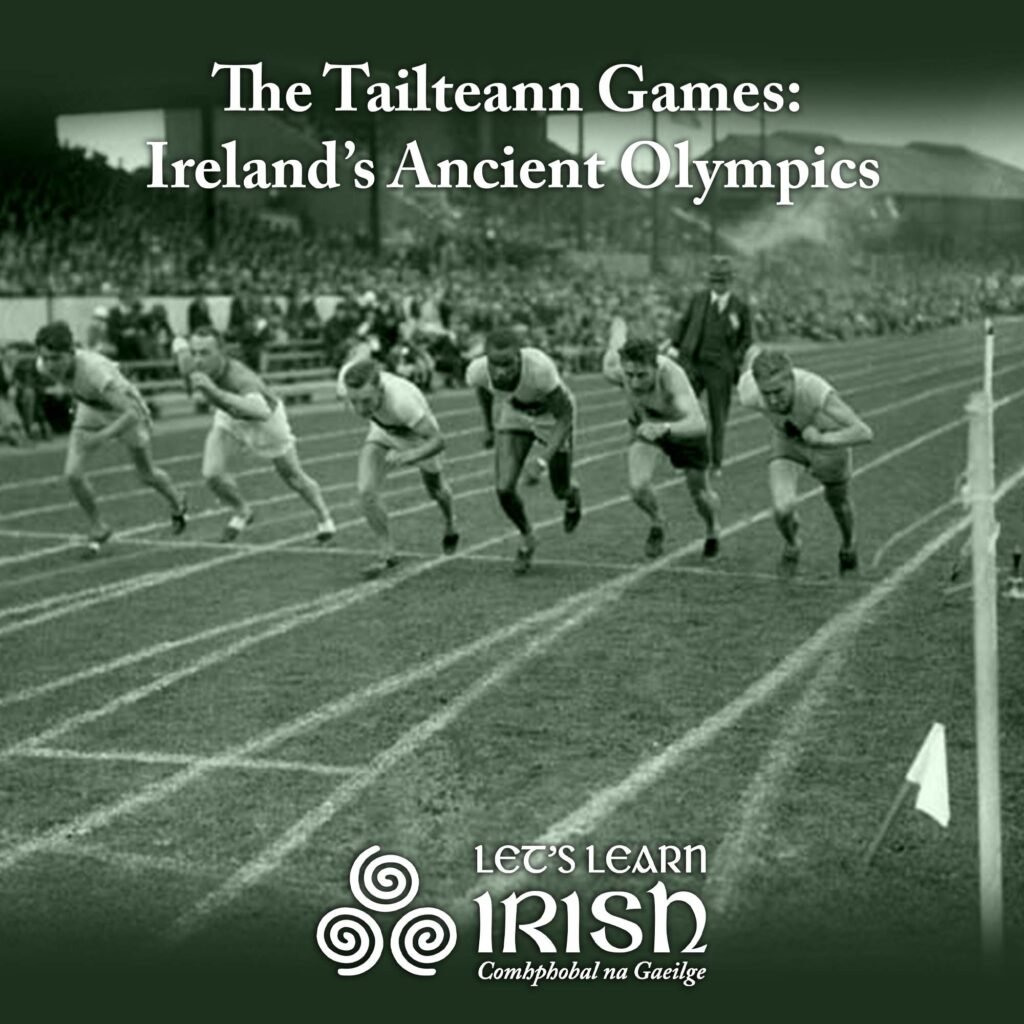Who is Nuala Ní Dhomhnaill?
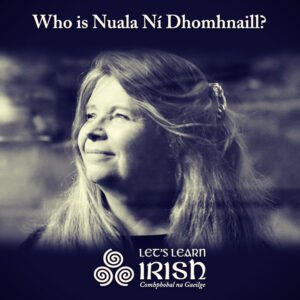 Considered to be one of the most important contemporary poets working in Irish, Nuala Ní Dhomhnaill’s writing has been a beacon for modern literature in the language. Her work seeks to uplift women, challenge the nation of Ireland, and advocate for the Irish language. By drawing on folklore, history and place, Ní Dhomhnaill brings together ancient and contemporary Ireland, often using the former to comment on the latter. From early in her career she helped inject Irish poetry with youth culture and a sense of internationalism, and she doubled down on her belief in the language with her decision to only write poetry in Irish.
Considered to be one of the most important contemporary poets working in Irish, Nuala Ní Dhomhnaill’s writing has been a beacon for modern literature in the language. Her work seeks to uplift women, challenge the nation of Ireland, and advocate for the Irish language. By drawing on folklore, history and place, Ní Dhomhnaill brings together ancient and contemporary Ireland, often using the former to comment on the latter. From early in her career she helped inject Irish poetry with youth culture and a sense of internationalism, and she doubled down on her belief in the language with her decision to only write poetry in Irish.
The Early Life of Nuala Ní Dhomhnaill
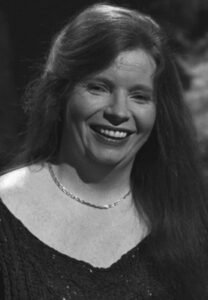 Nuala Ní Dhomhnaill was born in Lancashire, England to Irish parents who were both doctors for an Irish mining community there. Both Irish and English were spoken in their house, although her mother thought it would be easier for her if she only spoke English instead. When she was five she was sent to live with relatives in the Corca Dhuibhne Gaeltacht in Country Kerry and in Nenagh, County Tipperary.
Nuala Ní Dhomhnaill was born in Lancashire, England to Irish parents who were both doctors for an Irish mining community there. Both Irish and English were spoken in their house, although her mother thought it would be easier for her if she only spoke English instead. When she was five she was sent to live with relatives in the Corca Dhuibhne Gaeltacht in Country Kerry and in Nenagh, County Tipperary.
Ní Dhomhnaill grew up reading Irish poets and began writing poems in English for her school’s magazine. At the age of sixteen she began to experiment with writing in Irish. She submitted a poem in Irish to The Irish Times, where it won a prize, encouraging her to take up the mantle of the Irish language.
Innti
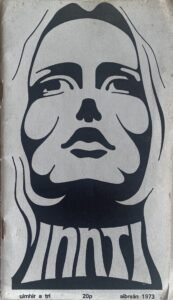 Starting from her time in university, Nuala Ní Dhomhnaill was involved in shaping the future of Irish poetry. She was part of a small group that founded the literary journal Innti in 1970 at University College Cork, which eventually became the name of the literary movement started by their work. Other members became internationally regarded poets in the Irish language as well, including Michael Davitt, Gabriel Rosenstock, Liam Ó Muirthile, and Louis de Paor, who joined later.
Starting from her time in university, Nuala Ní Dhomhnaill was involved in shaping the future of Irish poetry. She was part of a small group that founded the literary journal Innti in 1970 at University College Cork, which eventually became the name of the literary movement started by their work. Other members became internationally regarded poets in the Irish language as well, including Michael Davitt, Gabriel Rosenstock, Liam Ó Muirthile, and Louis de Paor, who joined later.
The Innti poets, inspired by the beat culture in the United States, as well as other innovative Irish-language writers and musicians, sought to challenge the traditional use of Irish language poetry that upheld nationalistic views of Ireland, often honoring the Gaeltacht as an unadulterated bastion against English influence. Instead, the Innti poets tended to question authority, explore pop culture, and turn Irish language poetry away from isolationism. Or, as Ní Dhomhnaill put it, they wrote about “sex, drugs and rock ‘n’ roll.” They invoked a sense of youth culture, internationalism, and modernity into the Irish language poetry scene.
The Decision not to Write in English
Although she allows her poems to be translated into English, Nuala Ní Dhomhnaill only writes poetry in Irish. She described this decision in a poem titled “Ceist na Teangan” (“The Language Issue”). The poem starts as follows:
Cuirim mo dhóchas ar snámh
i mbáidín teangan
faoi mar a leagfá naíonán
i gcliabhán
a bheadh fite fuaite
de dhuilleoga feileastraim
Paul Muldoon, celebrated Irish poet, translates the opening as follows:
I place my hope on the water
in this little boat
of the language, the way a body might put
an infant
in a basket of intertwined
iris leaves
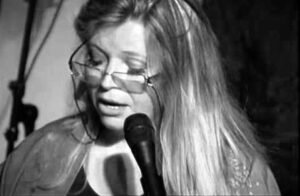 The rest of “Ceist na Teangan,” after comparing to her poems in Irish to infants placed in delicate baskets, suggests that she doesn’t know where they will end up, but imagines them being found by “a pharaoh’s daughter.” In other words, although she understands that writing in Irish has its risks and uncertainties due to a lower readership than English, she is still hopeful that her work will find the audience it merits.
The rest of “Ceist na Teangan,” after comparing to her poems in Irish to infants placed in delicate baskets, suggests that she doesn’t know where they will end up, but imagines them being found by “a pharaoh’s daughter.” In other words, although she understands that writing in Irish has its risks and uncertainties due to a lower readership than English, she is still hopeful that her work will find the audience it merits.
Nuala Ní Dhomhnaill is a dedicated advocate of the Irish language, often giving workshops, lectures, and public readings to foster a deeper understanding and appreciation of Irish poetry and culture. When asked why she allowed her work to be translated into English, she replied that it was to encourage the English-speaking Irish population to “pick up the long-lost threads of the language which is so rightly theirs.”
The Legacy of Ní Dhomhnaill’s Poetry
 Nuala Ní Dhomhnaill has been credited with playing a significant role in the revival of Irish language poetry. Between her poetry and her advocacy, she has shown the Irish language to be one that doesn’t have to be associated with the negative connotations of the troubled history of the island, but as one critic noted, a tongue that has “considerable scope for exuberance, word-play, contemporary preoccupations and a special kind of Irish urbanity.”
Nuala Ní Dhomhnaill has been credited with playing a significant role in the revival of Irish language poetry. Between her poetry and her advocacy, she has shown the Irish language to be one that doesn’t have to be associated with the negative connotations of the troubled history of the island, but as one critic noted, a tongue that has “considerable scope for exuberance, word-play, contemporary preoccupations and a special kind of Irish urbanity.”
By engaging ancient Ireland’s myths, as well as its contemporary culture—sometimes in the same poem—Ní Dhomhnaill helps integrate Ireland’s identity through her work. In fact, she uses the images of powerful Irish women in the island’s ancient myths to further her concern of female empowerment. Feeling that women have been historically underrepresented in Ireland, she stated in an interview with The Southern Review, “One of the things that causes me to get up in the morning is the desire to take Irish back from that grey-faced Irish revivalist male preserve.”
The poetry of Nuala Ní Dhomhnaill has inspired new generations of writers using the Irish language and played a significant role in the modern Gaelic revival. She has shown Irish to be a language fitting for both the storied past and the intricacies of the contemporary present. She, as well as the other Innti poets, has helped make the language outward looking, with which even “sex, drugs and rock ‘n’ roll” can be discussed.
Bígí páirteach!
Join the online Irish community at LetsLearnIrish.com.
Follow on social media @LetsLearnIrish.

